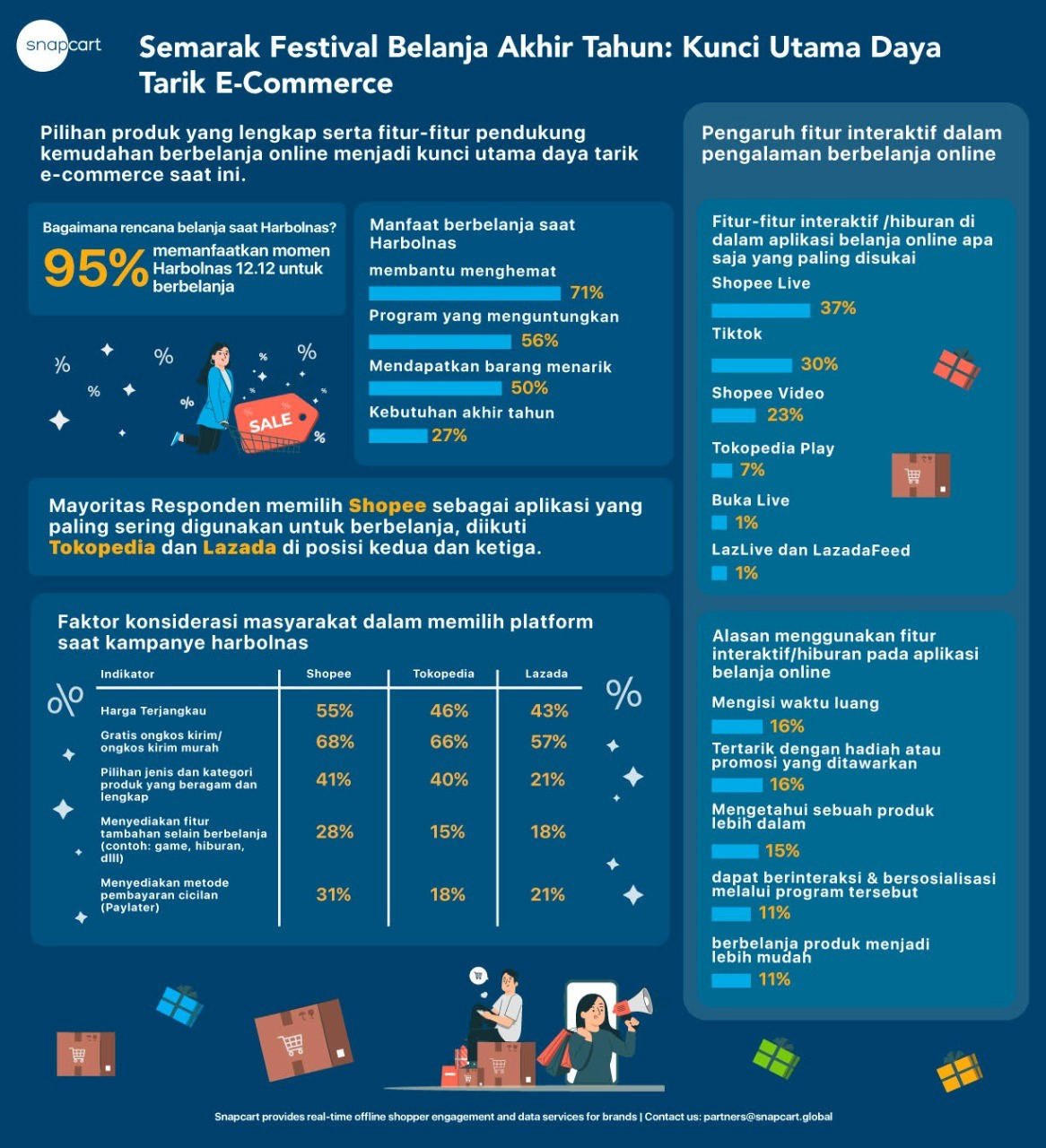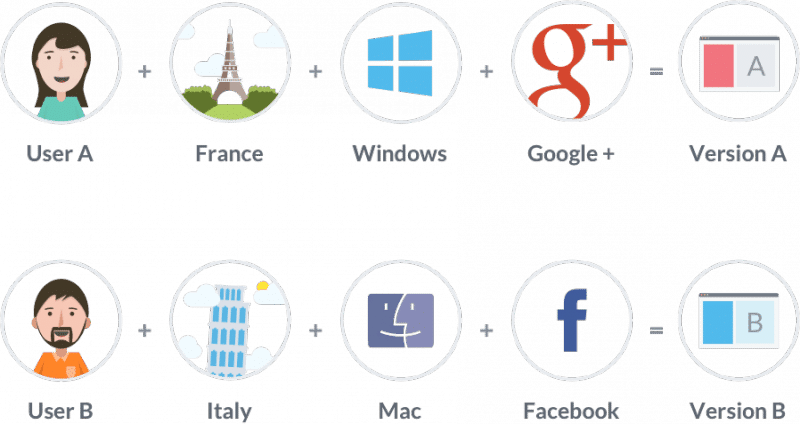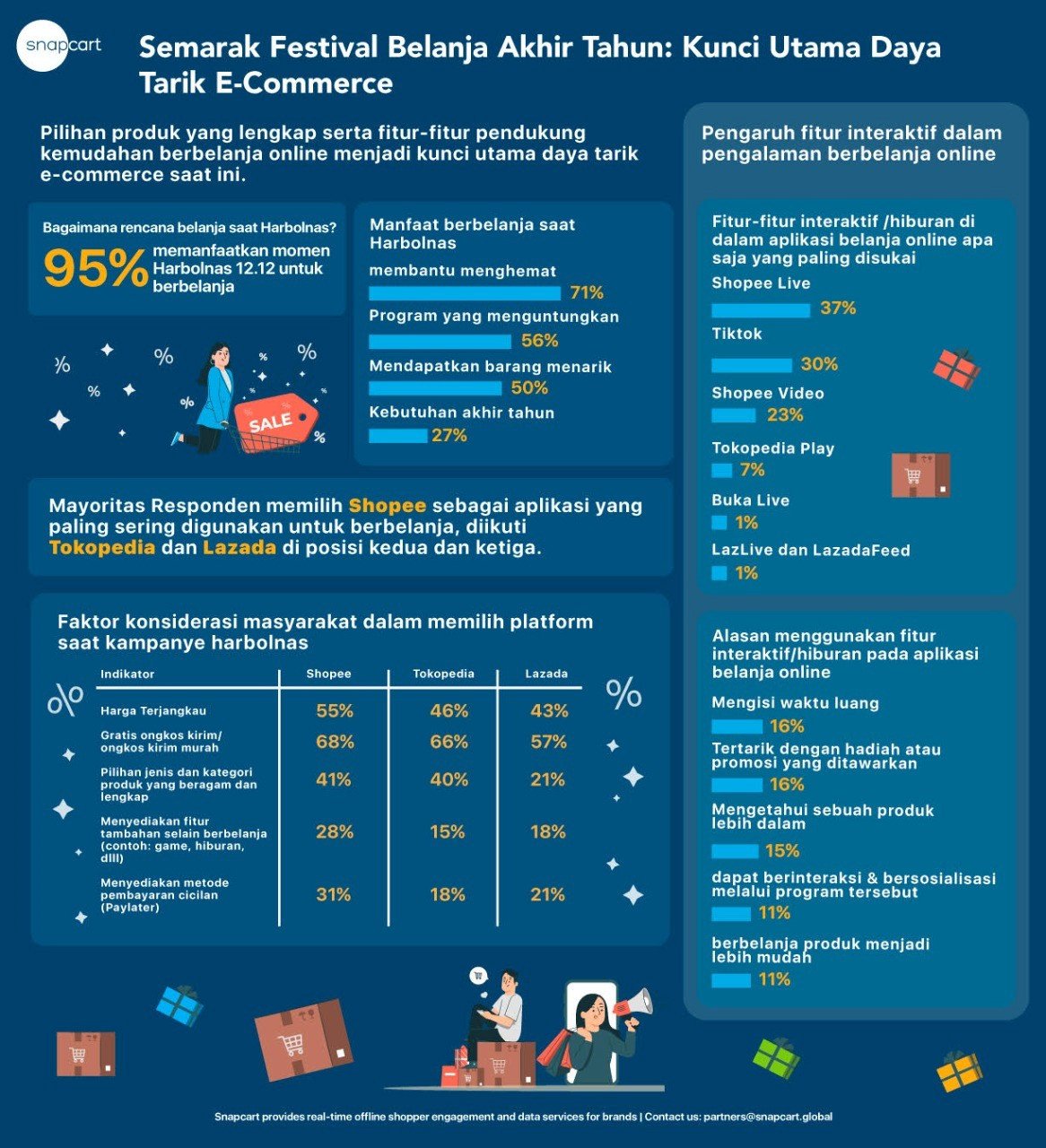
Emerging Trends in E-commerce Platform Development
In the rapidly evolving landscape of e-commerce, technology advancements are continuously shaping the way businesses engage with customers. Emerging trends in e-commerce platform development drive innovation and create new opportunities for businesses to optimize operations, enhance user experiences, and drive growth. This introduction provides an overview of the latest trends transforming the development of e-commerce platforms, setting the stage for in-depth exploration of their implications.
Emerging Trends in E-commerce Platform Development
The advent of digital technologies has revolutionized the e-commerce landscape, paving the way for innovative platform development trends. These advancements are transforming the online shopping experience for both consumers and businesses alike.
1. Omnichannel Integration:
Modern e-commerce platforms are increasingly integrating seamlessly with physical stores. Customers can now browse products online, check availability in local stores, and even place orders for in-store pickup or delivery. This omnichannel approach enhances convenience and provides a cohesive shopping experience across multiple channels.
2. Artificial Intelligence (AI) and Personalization:
AI algorithms are powering e-commerce platforms with advanced personalization capabilities. These algorithms analyze customer preferences, browsing history, and purchase behavior to provide tailored product recommendations, targeted marketing campaigns, and personalized shopping experiences.
3. Accelerated Checkouts and Mobile Optimization:
To improve checkout efficiency, platforms are adopting faster and more convenient payment options such as mobile wallets, one-click checkouts, and guest checkouts. Additionally, mobile optimization has become essential as smartphones account for a significant portion of e-commerce traffic. Platforms are designing responsive and user-friendly interfaces for mobile devices.
4. Chatbots and Virtual Assistants:
Chatbots and virtual assistants are proving invaluable for providing instant customer support. These AI-powered tools can answer common inquiries, assist with product selection, and resolve issues promptly. This enhances customer satisfaction and reduces the need for human intervention.
5. Subscription Commerce and Recurring Payments:
Subscription-based models are gaining popularity in e-commerce. Customers can subscribe to regular deliveries of products or services, making repeat purchases convenient and reducing churn rates. Platforms are also implementing recurring payments systems to automate subscription renewals and streamline billing processes.
6. B2B Marketplace Platforms:
E-commerce platforms are expanding their reach beyond B2C to address the growing needs of B2B businesses. These platforms enable businesses to connect with suppliers, compare products, and place bulk orders efficiently, streamlining procurement processes.
7. Social Commerce and Influencer Marketing:
Social media platforms have become integral to e-commerce. Consumers are increasingly discovering and purchasing products through social media posts, influencer recommendations, and shoppable content. E-commerce platforms are leveraging these channels to drive traffic and increase sales.
Conclusion:
The e-commerce platform development landscape is constantly evolving. These emerging trends are shaping the future of online shopping, providing consumers with enhanced convenience, personalization, and a seamless omnichannel experience. By embracing these advancements, businesses can stay ahead of the curve and thrive in the rapidly changing digital commerce environment.
Case Study: Strategies for Optimizing Customer Experience on E-commerce Platforms

Emerging Trends in E-commerce Platform Development
The e-commerce landscape is constantly evolving, driven by rapid technological advancements and changing consumer behaviors. As a result, e-commerce platforms are undergoing significant transformations to meet the demands of the digital age.
One notable trend is the rise of personalized shopping experiences. Platforms are leveraging artificial intelligence (AI) and machine learning (ML) to tailor product recommendations, search results, and content to individual customers. This level of personalization not only enhances the user experience but also increases conversion rates.
Another emerging trend is headless commerce. This approach decouples the front-end design from the back-end functionality, enabling businesses to create highly customized and responsive storefronts. Headless commerce provides greater flexibility and speed to market, allowing e-commerce platforms to cater to the diverse needs of their customers.
In addition, the adoption of voice commerce is gaining momentum. Platforms are integrating voice assistants into their platforms, allowing customers to make purchases, search products, and access account information using voice commands. This hands-free shopping experience enhances convenience and accessibility.
Moreover, social commerce is becoming increasingly popular. E-commerce platforms are partnering with social media platforms to enable customers to purchase products directly within their social networks. This seamless integration leverages the reach and engagement of social media to drive sales.
Finally, augmented reality (AR) and virtual reality (VR) are transforming the way customers interact with products online. These technologies allow customers to virtually try on clothes, experience virtual showrooms, and visualize products in their homes. AR and VR enhance the customer experience by bridging the gap between the online and offline worlds.
These emerging trends are shaping the future of e-commerce platform development. By embracing these innovations, e-commerce businesses can deliver personalized, convenient, and engaging experiences that meet the ever-changing needs of their customers. However, it’s important to approach these trends strategically, ensuring that they align with the business goals and target audience.
Future Outlook of E-commerce Platform Ecosystems
Emerging Trends in E-commerce Platform Development: A Glimpse into the Future of E-commerce Ecosystems
As the e-commerce landscape continues to evolve, platform development is adapting to meet the ever-changing needs of consumers and businesses alike. Here are some key trends that are reshaping the future of e-commerce platform ecosystems:
1. Personalization and Customization:
E-commerce platforms are embracing personalization to enhance user experiences. AI-powered recommendation engines and tailored content provide customers with customized product suggestions, promotions, and shopping journeys based on their preferences and behavior.
2. Omnichannel Integration:
Consumers now expect seamless shopping experiences across multiple channels. E-commerce platforms are integrating with physical stores, mobile apps, and social media to provide a cohesive and convenient omnichannel experience.
3. Artificial Intelligence and Machine Learning:
AI and ML are transforming e-commerce platforms by automating tasks, optimizing search results, detecting fraud, and predicting customer behavior. These technologies enhance efficiency, improve decision-making, and personalize experiences.
4. Subscription Services and Recurring Revenue:
Subscription models are gaining popularity, providing businesses with recurring revenue streams. E-commerce platforms are developing features to support subscription services, such as automated billing, tracking, and customer management.
5. Social Commerce and Community:
Social media platforms are becoming key touchpoints for e-commerce. Platforms are integrating social media features, allowing customers to share, comment, and interact with other shoppers. This fosters a sense of community and drives social proof.
6. Headless Commerce and API-first Architecture:
Headless commerce decouples the front-end user experience from the back-end infrastructure. This allows e-commerce businesses to integrate their platform with multiple touchpoints, such as mobile apps, smart devices, and AR/VR environments.
7. Augmented Reality and Virtual Reality:
AR and VR technologies are revolutionizing the way consumers shop online. E-commerce platforms are integrating these technologies to provide immersive shopping experiences, allowing customers to virtually try on products or explore virtual stores.
8. Sustainability and Environmental Consciousness:
Consumers are increasingly demanding sustainable practices from businesses. E-commerce platforms are incorporating features to track and reduce their environmental impact, such as optimizing shipping routes and using eco-friendly packaging.
The Future of E-commerce Platform Ecosystems
These emerging trends are shaping the future of e-commerce platform ecosystems, empowering businesses with tools to:
Cater to personalized customer experiences
Create a seamless omnichannel presence
Leverage AI and ML for efficiency and insights
Generate recurring revenue through subscription services
Capitalize on social commerce and community engagement
Provide immersive shopping experiences through AR and VR
Promote sustainability and meet consumer demand for responsible practices
As technology continues to advance, we can expect even more transformative trends to emerge, further driving the evolution of e-commerce platform ecosystems.
Conclusion
The e-commerce landscape is constantly evolving, driven by advancements in technology and changing consumer behaviors. Emerging trends in e-commerce platform development include:
Artificial intelligence (AI) and machine learning (ML): AI and ML enhance customer experience, personalize recommendations, and automate tasks.
Headless commerce: Headless solutions provide flexibility and agility, allowing businesses to create seamless omnichannel experiences.
Social media integration: Social media platforms are increasingly integrated into e-commerce processes, enabling social shopping and influencer marketing.
Sustainability and ethical practices: Consumers demand transparency and environmentally friendly practices, which is reflected in e-commerce platforms.
Augmented reality (AR) and virtual reality (VR): AR and VR offer immersive shopping experiences, allowing customers to virtually try products and explore virtual showrooms.
Ecosystem integrations: E-commerce platforms are integrating with other systems, such as enterprise resource planning (ERP) and customer relationship management (CRM), to streamline operations.
Personalization and tailored experiences: E-commerce platforms leverage data analytics to tailor experiences based on customer preferences and browsing history.
Blockchain technology: Blockchain is being explored to enhance security, transparency, and trust in e-commerce transactions.
These trends are shaping the future of e-commerce, enabling businesses to innovate, differentiate themselves, and meet the evolving needs of their customers.

